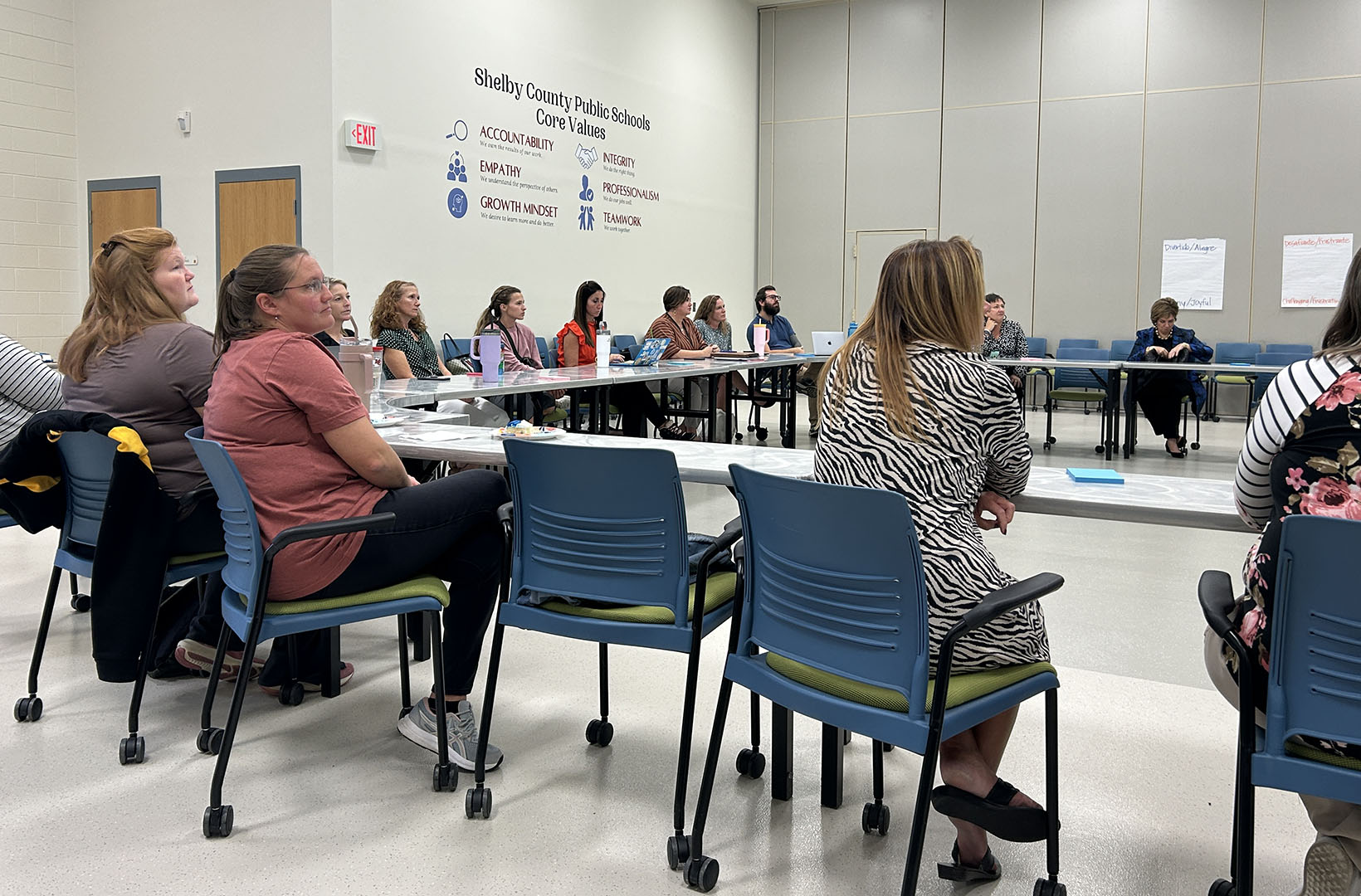This article is the first in a series of seven that will be published in the coming months, focusing on the core practices of world languages instruction. This series will try to open a window for world languages teachers, nontraditional world languages teachers and other educators as to what world languages education is about. The series will focus on two goals: to grow new leaders in the language learning profession, and to foster growth in students and teachers through effective instructional practices in language teaching.
Read the series:
- Core practices: Using the target language as the vehicle and content of learning
- Core practices: Fostering interpersonal communication
- Core practices: Backward design of world language curriculum
- Core practices: Teach grammar as a concept and use it in context
- Core practices: Using authentic texts and resources
- Core practices: Provide feedback to improve learner performance
By Jay Ketner
vicepres@nccsfl.org
As states around the nation begin focusing on instruction and assessment that builds student proficiency in languages other than English, work is taking place among state and national language organizations to help educators leverage instructional time and resources in a way that provides strong opportunities for students to acquire other languages.
Those of us working in the language enterprise are well aware of the importance of long, articulated sequences of study in order for students to truly develop language proficiency. If students do not experience such opportunities, they may be placed at a global disadvantage when compared to their international peers.
While the language community works toward raising awareness of the critical need for k-12 sequences of study in languages for all students, we should keep in mind that all of us can at least maximize the instructional time that is available to us in a way that moves students as far as possible along the proficiency spectrum.
To those ends, the following practices can be thought of as core practices. These are practices that all new teachers exiting teacher training programs ideally would be ready to implement, and all current or veteran teachers can and should work to implement. Over the next few months, Kentucky language teachers will be writing articles focusing more in-depth on each of these practices.
So what are the research-based, core practices that are spreading nationally? It’s not possible to provide detailed information on each practice within the scope of this article, but it is possible to identify these core practices, get them on your radar, and then hand it over to Kentucky language teachers to explain them in more detail in future articles. These core practices include:
- Using the target language as the vehicle and content of instruction.
- Designing and carrying out interpersonal communication tasks for pairs, small groups and whole class instruction.
- Designing lessons and tasks that have functional goals and objectives.
- Teaching grammar as a concept and using it in context.
- Designing and carrying out interactive reading and listening comprehension tasks using authentic texts.
- Providing appropriate feedback in speech and writing in various learning tasks.
These research-based practices are high-impact practices for facilitating students’ acquisition of language. They empower teachers to most effectively leverage instructional time and assessment opportunities.
In order to support teachers as they use core practices in the classroom, several resources are available to increase understanding. The Kentucky standard for World Language Proficiency, the summary of the World Readiness Standards for Learning Languages, the American Council on the Teaching of Foreign Languages’ (ACTFL) performance descriptors and sample progress indicators, and the National Council of State Supervisors For Languages-ACTFL Can-Do Statements are all resources that could support this effort.
What can you do with these core practices today, considering this article is just an introduction to more focused articles to come? You can reflect on which of these practices already figure into your teaching and to what extent. Which core practices would you most like to learn more about?
You might also think about which core practices, at the outset, seem the most challenging, and think about how to begin discussions with your peers – at the department level, district level or state conference level – around them. Or you could think about which, if any, make you feel downright uncomfortable and try to open yourself to learning more about those practices.
As always, be sure to be understanding with yourself and not feel like you have to master everything overnight. These core practices require professional learning to implement, and like any instructional or assessment shift, take time. You can still move forward in learning more and implementing more in your instruction and assessment even without having mastered all of the core practices.
I encourage you to focus this new year on starting a broader conversation on a statewide level in Kentucky around these core practices. You can connect to work around these core practices through ACTFL’s Leadership Initiative for Language Learning, by organizing conferences, workshops and summer institutes to go deeper with core practices; and by supporting one another in learning more about them and implementing them in your professional practice. Because in the language community, we can always strengthen our core!
Jay Ketner is the vice-president of the National Council of State Supervisors for Languages (NCSSFL) and the world languages specialist at the Maine Department of Education. He serves numerous functions supporting language and intercultural/global education, including as NCSSFL’s designated representative to ACTFL’s Leadership Initiative for Language Learning and implementation adviser to the 1 Million Strong initiative of the U.S.-China Strong Foundation.



Leave A Comment